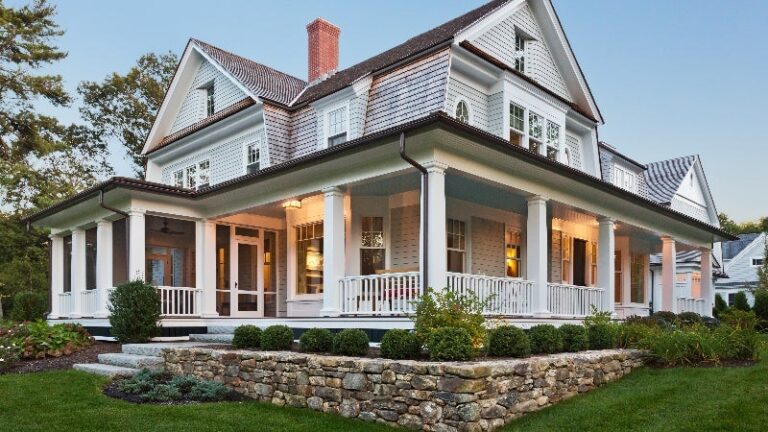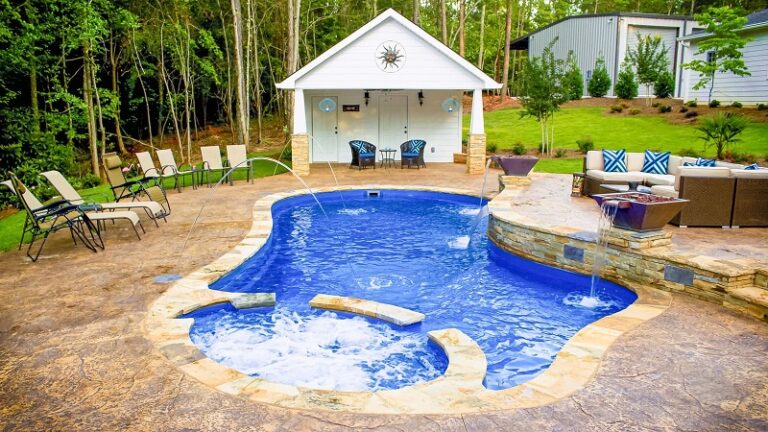Adding a room to your house is a great way to create more living space without the need for moving to a new home. However, the cost of a home addition can quickly add up, making it important to find budget-friendly solutions. In this blog post, we will explore some tips and ideas to help you add a room to your house without breaking the bank.
Determine Your Budget
Before you start the process of adding a room to your house, it’s important to determine your budget. This will help you prioritize your expenses and make informed decisions throughout the project. Take into account all the costs involved, including construction materials, labor, permits, and any additional expenses that may arise.
Consider whether you will be financing the project through savings, a home equity loan, or another financing option. By having a clear budget in mind, you can better manage your resources and find cost-effective solutions.
Consider the Purpose and Design
When adding a room to your house, it’s important to consider both the purpose and design of the space. This will help you create a room that not only meets your needs but also adds value to your home.
Decide on the Function of the Room
Before you start designing the room, determine its function. Will it be a bedroom, home office, or entertainment room? The function of the room will dictate its layout, features, and furnishings. By having a clear purpose in mind, you can avoid any unnecessary expenses and design the room accordingly.
Choose a Design Style
Once you have decided on the function of the room, choose a design style that aligns with your personal preferences and the overall aesthetic of your home. This will help create a cohesive look and feel throughout your house.
Consider the Size and Layout
When adding a room to your house, take into account the size and layout of the space. Consider the dimensions of the room and how it will fit into the existing structure of your home. By carefully planning the size and layout, you can optimize the use of space and avoid any potential issues during construction.
Think About Storage Needs
Storage is an important consideration when adding a room to your house. Assess your storage needs and plan for sufficient storage solutions within the room. This can include built-in shelving, closets, or other storage options that maximize space and functionality.
Factor in Future Use and Flexibility
As you design the room, think about its future use and flexibility. Will the room serve its initial purpose in the long term, or could it be repurposed down the line? By considering future use and flexibility, you can design a room that adapts to your changing needs and avoids the need for future renovations.
Choose the Right Location
Choosing the right location for your room addition is crucial. Consider the existing layout of your house and identify areas where the room can seamlessly integrate. Look for spaces that require minimal structural changes, such as converting an underutilized corner or repurposing an existing room.
By choosing the right location, you can minimize construction costs and make the most of the available space within your house.
Explore Cost-Saving Construction Methods
When adding a room to your house, there are several cost-saving construction methods you can explore:
- Consider prefabricated or modular construction, which can be more cost-effective and time-efficient compared to traditional construction methods.
- Opt for simpler designs and finishes, as complex architectural features and high-end materials can significantly increase the cost of construction.
- Look for cost-saving alternatives to traditional construction materials, such as recycled or reclaimed materials.
By exploring these cost-saving construction methods, you can achieve your desired room addition while staying within your budget.
Repurpose Existing Space
If you’re working with a tight budget, consider repurposing existing space within your house instead of building a new addition. Look for underutilized areas such as basements, attics, or even large closets that can be converted into functional rooms.
Repurposing existing space can save you money on construction costs and minimize the disruption to your daily life during the renovation process.
DIY vs Hiring Professionals
When adding a room to your house, you have the option to take a DIY approach or hire professionals. Each has its own advantages and considerations:
Benefits of DIY Home Additions
- Cost savings: DIY projects often require less money upfront compared to hiring professionals.
- Sense of accomplishment: Completing a DIY room addition can provide a sense of pride and accomplishment.
- Flexibility: You have complete control over the design and timeline of the project.
Advantages of Hiring Professionals for Home Additions
- Expertise: Professionals have the knowledge and experience to ensure a high-quality and structurally sound addition.
- Time savings: Hiring professionals can expedite the construction process and minimize disruptions.
- Insurance and permits: Professionals can handle the necessary permits and ensure the project meets local building codes.
Factors to Consider when Deciding between DIY and Hiring Professionals
Consider your own skills, available time, and budget when deciding whether to take on a DIY project or hire professionals. Assess the complexity of the project and whether you have the necessary skills and resources to complete it.
If you’re unsure, it’s always a good idea to consult with professionals for advice and guidance.
Shop for Affordable Materials
When adding a room to your house, shopping for affordable materials can help you stay within your budget. Consider the following tips:
- Compare prices from different suppliers and look for sales or discounts.
- Consider using alternative materials that offer a similar look and functionality at a lower cost.
- Browse online marketplaces or salvage yards for discounted or secondhand materials.
By shopping smartly for materials, you can achieve the desired look without compromising your budget.
Utilize Secondhand Furniture and Decor
Adding a room to your house doesn’t mean you need to buy all new furniture and decor. Utilize secondhand options to furnish and decorate the space:
- Shop at thrift stores, flea markets, or online platforms for affordable furniture.
- Consider repurposing and refurbishing existing furniture to fit the new room.
- Borrow or swap furniture with friends or family members.
By reusing and repurposing furniture and decor, you can save money and give the room a unique and personal touch.
Maximize Natural Light
Natural light can make a room feel bigger and more inviting, while also reducing the need for artificial lighting during the day. Maximize natural light in your room addition by:
- Installing larger windows or adding skylights to bring in more natural light.
- Using light-colored paints and finishes that reflect and amplify natural light.
- Strategically placing mirrors to bounce light and create the illusion of a larger space.
By maximizing natural light, you can enhance the overall ambiance of the room and lower your energy costs.
Optimize Energy Efficiency
Energy-efficient features can not only save you money in the long run but also contribute to a more sustainable and comfortable living environment. Consider the following energy-efficient strategies for your room addition:
- Insulate walls, floors, and ceilings to reduce heat loss and gain.
- Install energy-efficient windows and doors to minimize heat transfer.
- Choose energy-efficient appliances and lighting fixtures.
By optimizing energy efficiency, you can lower your utility bills and minimize your carbon footprint.
Consider Long-Term Savings
When adding a room to your house, consider the long-term savings it can provide. A well-designed and functional room addition can increase the value of your home and potentially lead to future savings. For example:
- A home office can save you money on renting external office space.
- An additional bedroom can accommodate a growing family, potentially saving you from the need to move to a larger house.
- An entertainment room can provide a space for relaxation and socializing, reducing the need for costly outings.
By considering the long-term savings and benefits, you can make informed decisions that align with your financial goals.
Plan for Future Expansion
Lastly, when adding a room to your house, it’s important to plan for future expansion or modifications. Anticipating potential future needs can save you from costly renovations down the line. Consider the following:
Consider Potential Future Needs
Think about how your needs might change in the future. Will you need additional space for a growing family or new hobbies? By considering potential future needs, you can design the room in a way that allows for easy expansion or modification.
Evaluate Your Space for Expansion
Assess the available space within your property and identify areas where future expansion is feasible. This could include leaving extra space in the room addition for a potential extension or considering the structural integrity of your house for future modifications.
Consult with an Architect or Contractor
If you’re unsure about the best way to plan for future expansion, consult with an architect or contractor. They can provide expert advice and help you design a room that allows for flexibility and potential future modifications.
Create a Flexible Design
When designing the room additions north hollywood, aim for flexibility. Choose furniture and decor that can easily be rearranged or repurposed. Opt for modular storage solutions that can adapt to future needs. By creating a flexible design, you can future-proof your room and save on potential renovation costs down the line.










